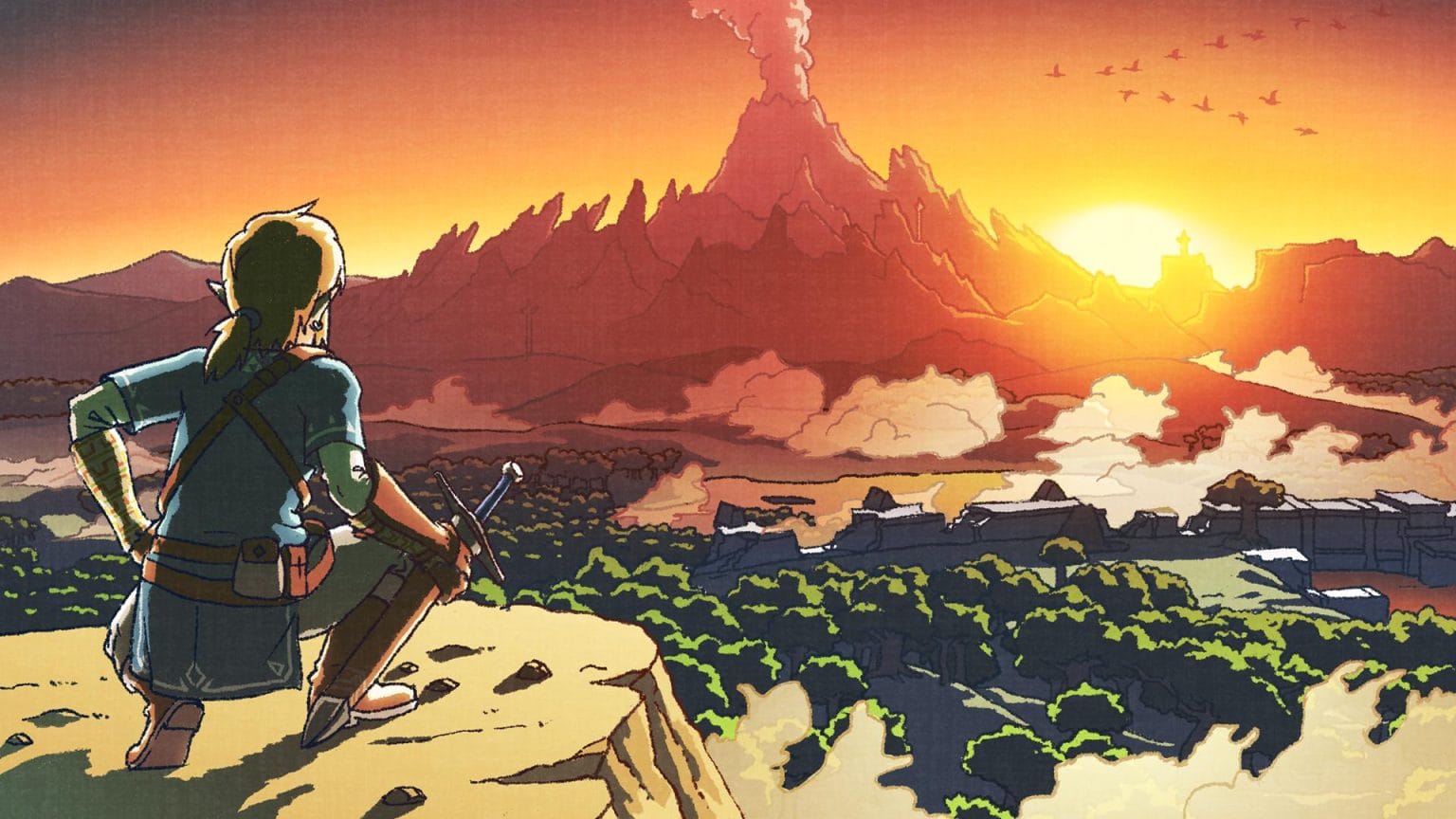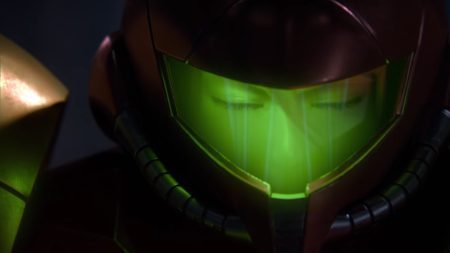The Legend of Zelda is a beloved franchise known by many, and fans of the series are well-versed in the hero of Hyrule and his journey. Link has become an iconic character in the video game sphere, and has gone through plenty of incarnations since the original Legend of Zelda was released in 1987.
The contrast between each depiction of Link is noticeable, but there is familiarity when you glance at the character’s hair, sword, and tunic. As Link has become more established among fans, his appearance has changed in subtle yet effective ways.
These distinctions truly give dimension to the character and demonstrate the different ways in which he’s portrayed along a hefty timeline. Seeing multiple sides to Link gives the player the opportunity to relate to individual depictions and fully immerse themselves in each new game. Meanwhile, portrayals of the character that hold a place in the player’s heart will become even more exciting to revisit.
As the Zelda fan base continues to grow, so does the power and importance of Link’s evolution. Let’s take a closer look:
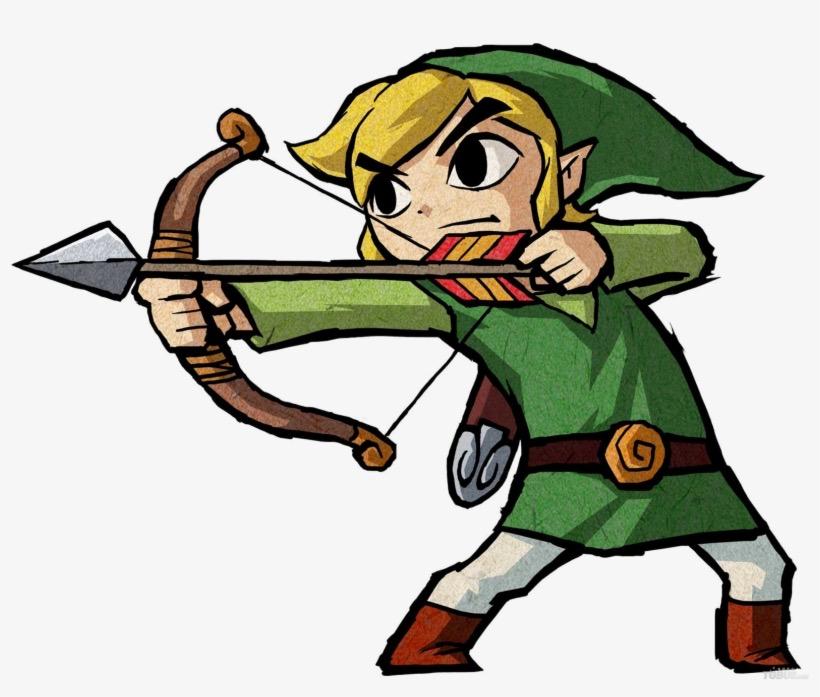
Younger Depictions of Link
Younger, or toon, versions of Link hold a sense of curiosity and joy. These portrayals can manifest child-like wonder in the player, regardless of age. Most of these incarnations of Link exist in vibrant, colorful environments, such as The Wind Waker’s Great Sea.
Not only do these games offer a chance to unlock a player’s inner child, but they are just as relatable to a younger audience as well. Games such as The Minish Cap, Phantom Hourglass, and Spirit Tracks embody the adventurous, playful side of Link. His youthful nature shines through in these installments, as he sets off to explore a new world. Link’s determination to navigate new terrains is led by his heart, and he travels by land, sea, and even train to get to his destination.
Majora’s Mask is a bit more complicated. Its eerie atmosphere is much darker than the titles previously discussed. This game targets a slightly older audience, or simply those looking for a more gritty Zelda experience. Despite Majora’s Mask’s intense themes, its Link stands as a beacon of hope and courage in the face of almost certain doom. His innocent presence in a crumbling world can inspire the player, making him easy to root for and aspire to.
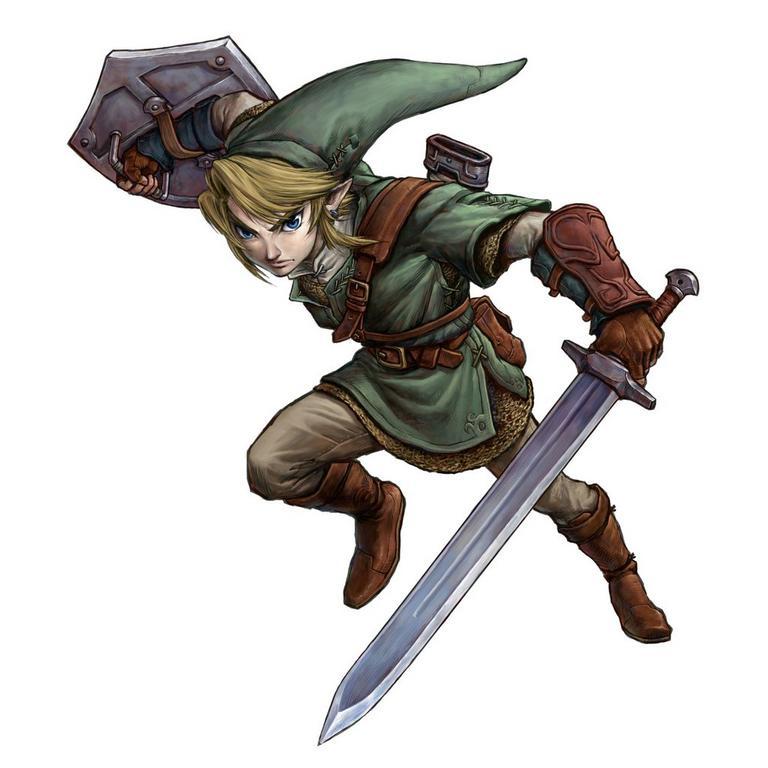
Older Depictions of Link
Twilight Princess is one of the more ominous installments in the series, right alongside Majora’s Mask. The game offers a more mature version of Link in a somber setting.
This incarnation of Link is depicted as being 17 years old. He’s portrayed as a serious, yet still playful, character. This combination makes him a great protagonist—one ample Zelda fans can relate to. The balance of light and dark in this game humanizes Link and his surroundings, making the world easier to immerse yourself in.
The Wind Waker wasn’t particularly well received overseas, so in response, series director Eiji Aonuma created the most realistic take on Link so far. Twilight Princess received critical acclaim and seems to have even inspired elements of Breath of the Wild. It seems that, over time, the Zelda fan base started to crave a Link that was older and wiser, which correlates with the aging nature of those fans themselves.
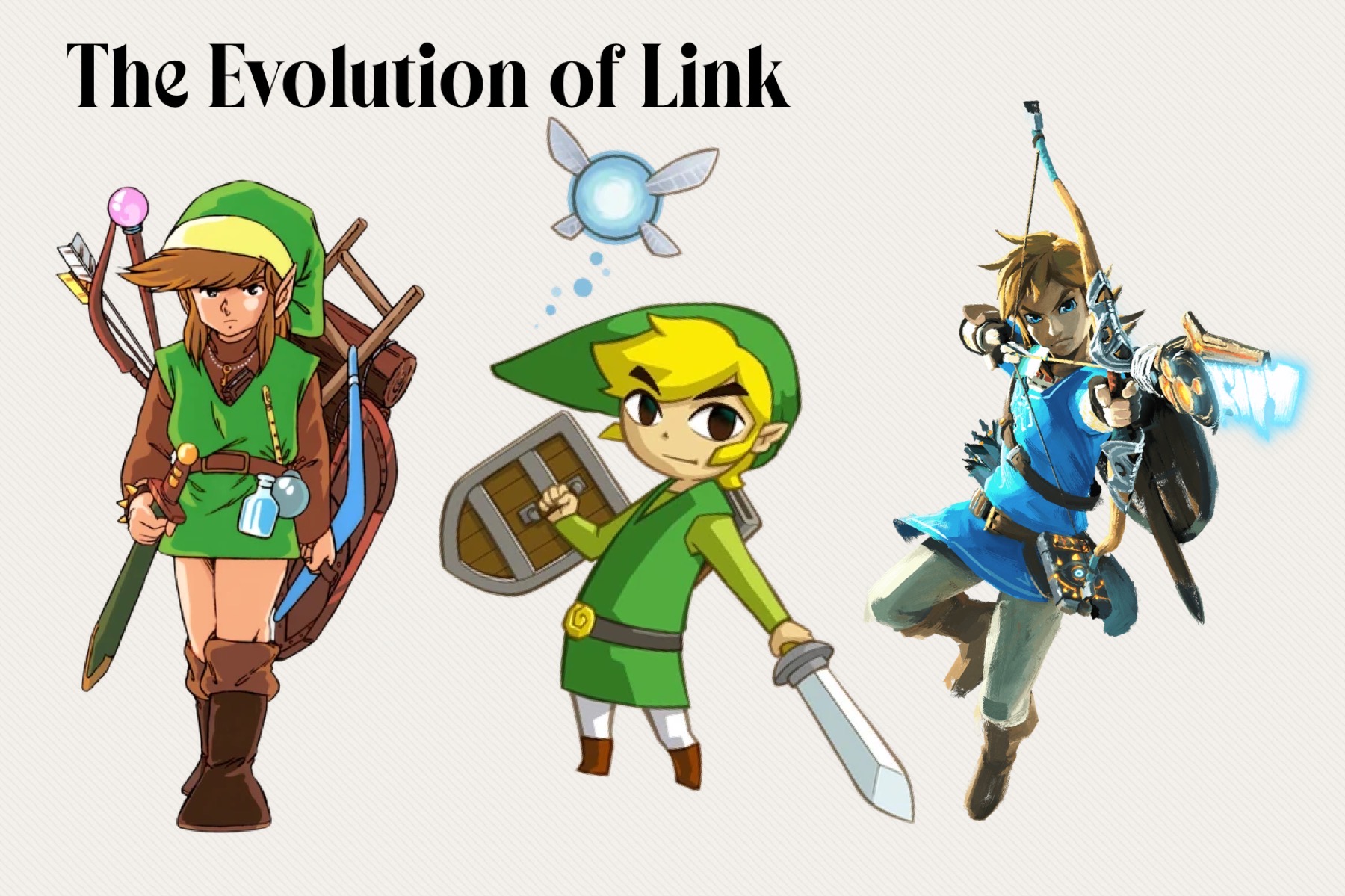
Final Thoughts
The Zelda timeline is expansive, and each incarnation of Link deserves appreciation for the ways in which it enables Link’s personal growth and journey. With each new iteration, we gain a window into the imagination of not just Nintendo, but also its fans.
With Tears of the Kingdom now released and getting rave reviews, it’s clear Nintendo has truly discovered what the current fan base wants most out of The Legend of Zelda. The evolution of Link is a fascinating one, and it’ll be interesting to see what Link looks like 10 years from now, as his fans continue to evolve.
Meghan Nigrelli, also known as mainquestmeg, graduated magna cum laude from Bridgewater State University with a bachelor's degree in communication & media studies. Her passion lies within discovering and analyzing the intricacies of online video game communities. When she is not writing, singing, or voice acting, Meghan spends her time playing Zelda games & reading.


